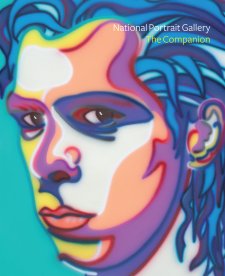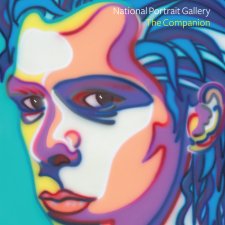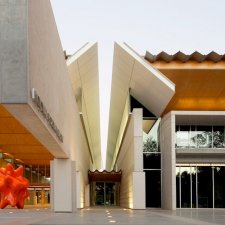- About us
- Support the Gallery
- Venue hire
- Publications
- Research library
- Organisation chart
- Employment
- Contact us
- Make a booking
- Onsite programs
- Online programs
- School visit information
- Learning resources
- Little Darlings
- Professional learning
William Edward (Bill) Harney (1895–1962), bushman and raconteur, spent his childhood in Charters Towers and Cairns and started working as a stockman and boundary rider at the age of twelve. He joined the AIF in 1915 and served on the Western Front. He worked at various jobs after the war, jackarooing and trepang-harvesting among them, before joining the Commonwealth’s Native Affairs Branch in 1940. Based in the Northern Territory, he worked as Protector of Aborigines and as a patrolman; and in the early 1940s began to contribute articles to magazines such as Walkabout and The Bulletin. Harney weathered a series of personal tragedies during the 1930s and 1940s – the loss of his wife and daughter to tuberculosis; and of his son in a drowning accident – and in 1948 retired to a beach shack near Darwin, where he intended to live off the land and write books. By this time, however, having worked alongside Aboriginal people for many years, Harney was considered an authority on Indigenous culture and was consulted by anthropologists, film crews, expedition leaders and others. In 1957, he was appointed the first park ranger for Uluru and Kata Tjuta (or Ayers Rock and the Olgas, as they were then known); he spent six months walking the base of Uluru and learning its story from traditional owners. Harney became something of a tourist drawcard in his own right, known for his campfire-side yarning. By the time he died in his native Queensland in late 1962, Harney had written numerous books, stories and poems based on his own experiences and on the Aboriginal stories and culture of the Top End.
Collection: National Portrait Gallery
Purchased 2012
William Edward Harney (age 18 in 1913)



On one level The Companion talks about the most famous and frontline Australians, but on another it tells us about ourselves.



Visit us, learn with us, support us or work with us! Here’s a range of information about planning your visit, our history and more!



We depend on your support to keep creating our programs, exhibitions, publications and building the amazing portrait collection!